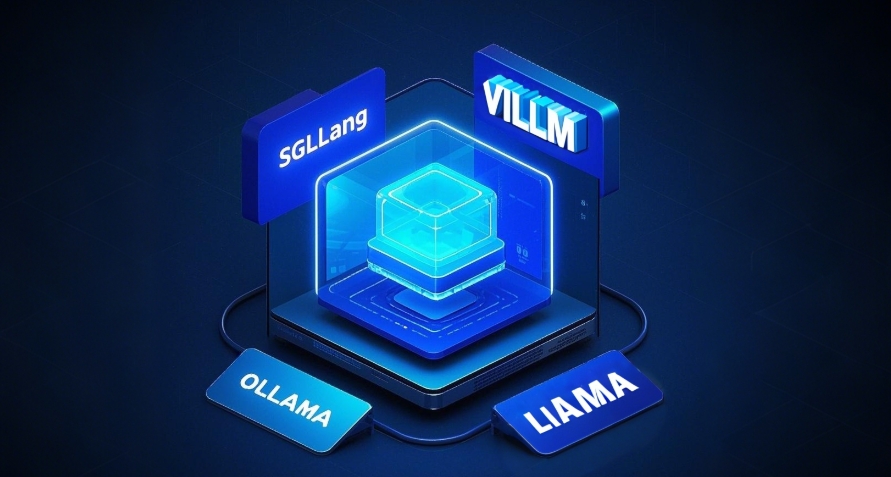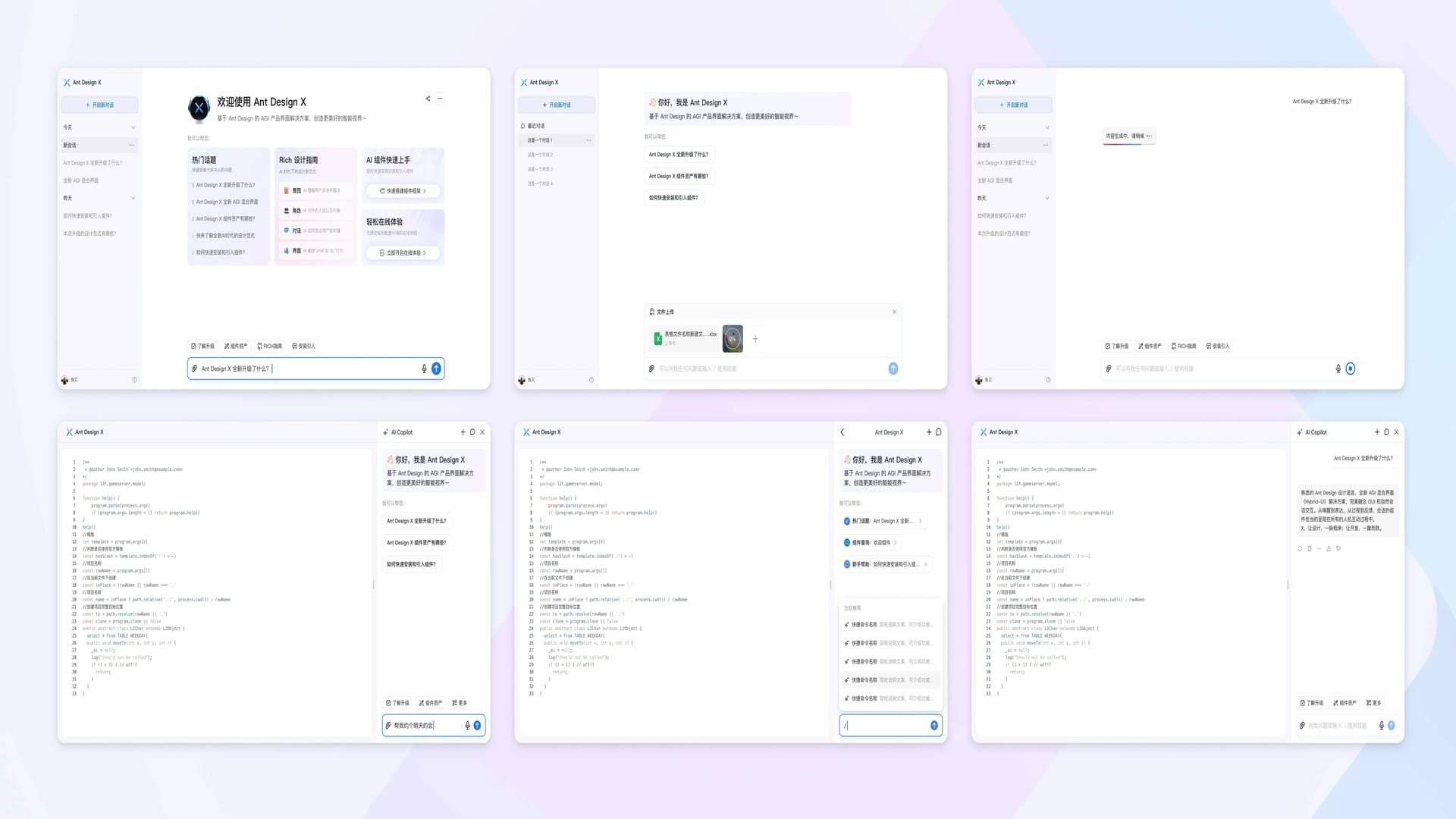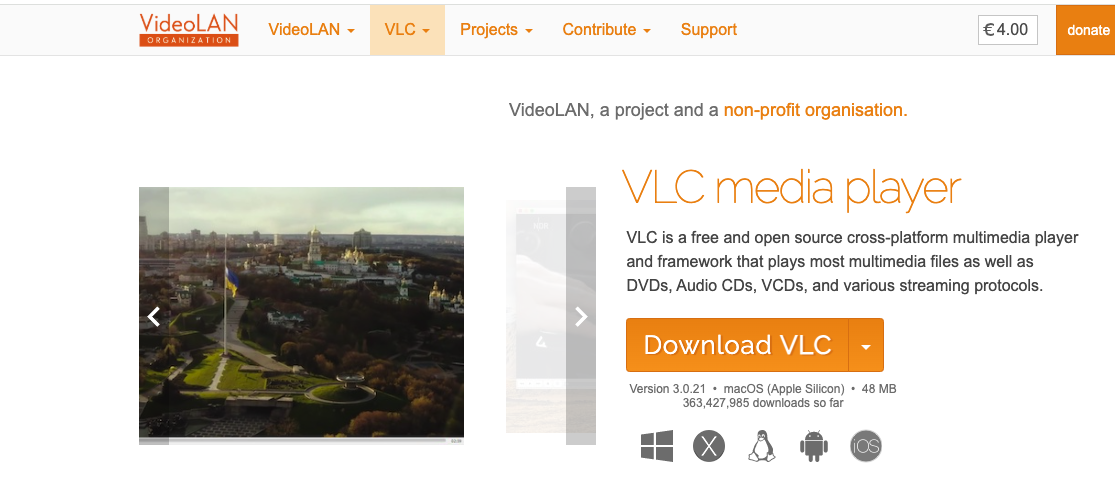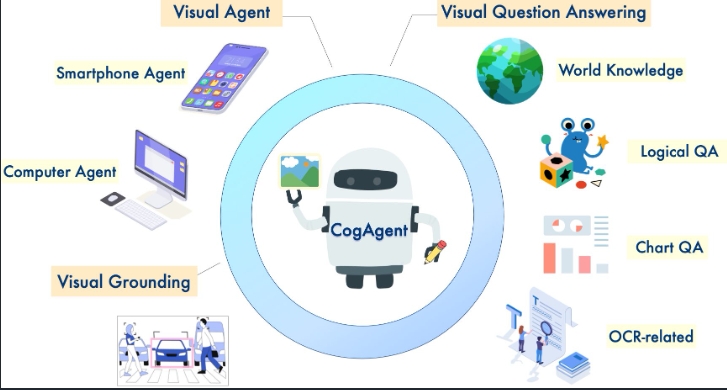MinIO Community Edition's 'Self-Mutilation': Web Management Features Slashed, Community Trust at Risk
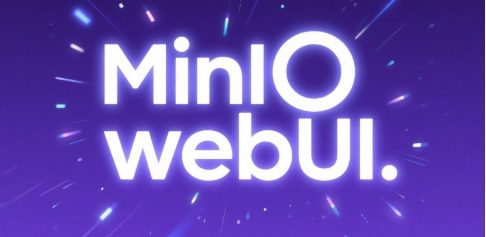
The latest update to MinIO Community Edition can be described as a “self-mutilating” transformation: under the guise of “simplifying the console,” the official team has removed almost all core management features from the Web UI, retaining only object browsing capabilities, with 110,000 lines of code ruthlessly cut. This move has not only caused a cliff-like decline in user experience but also ignited community anger. Behind this controversy, MinIO’s wavering between open source and commercialization is laid bare: while waving the open-source banner, they are subtly forcing users toward the paid version. Is this a strategic adjustment or an open betrayal of community trust?
The “Massacre” of Web UI: From User-Friendly to User “Torture”
MinIO, as an open-source benchmark in object storage, has long dominated enterprise data lakes, AI/ML, and backup scenarios with its high compatibility with Amazon S3 API and high-performance distributed architecture. Its community edition, open-sourced under the AGPLv3 license, made Web UI its killer feature: account management, permission configuration, bucket management, and cluster monitoring were all available, allowing non-technical users to easily navigate, attracting small and medium teams and developers.
However, the latest update (Implemented AGPL MinIO Object Browser simplified Console #3509) has brought this “golden signboard” crashing down. The Web UI has been castrated to only object browsing functionality. Users wanting to create buckets, assign permissions, or adjust configurations? Please obediently turn to the command-line tool mc, or pay for the AIStor Custom commercial license. MinIO co-founder Harshavardhana’s explanation seems feeble:
“We want the community edition to focus on core storage capabilities, simplifying the UI to reduce maintenance costs.”
This rhetoric sounds more like an excuse, barely concealing the intention to downgrade the community edition to a “feature-crippled trial version.”
While the command-line tool mc is powerful, its steep learning curve and complex operations are nothing short of “torture” for non-professional users. Retreating from an intuitive Web interface to a cold command line, MinIO seems to be telling users through action: want convenience? Please pay. This “artificially created inconvenience” not only makes small and medium teams suffer but also makes community developers feel betrayed. X platform user @TechBit bluntly stated:
“MinIO is using the community edition as bait to force you to buy AIStor Custom. 110,000 lines of code deleted is really harsh, and the community users’ faces are slapped hard enough.”
The “Conspiracy” of Commercialization: Open Source Spirit Held Hostage?
MinIO’s latest update, ostensibly a technical simplification, is actually a blatant push for commercialization. In the path of open-source projects toward commercialization, MinIO is not a pioneer, but its aggressive approach is astonishing. From Redis limiting module functionality to MongoDB adopting the SSPL license, the tactic of weakening community editions to guide users toward paid versions is not new. However, MinIO has gone further, directly “cutting off” Web UI management features, precisely targeting small and medium users who rely on intuitive interfaces, truly a “conspiracy in the open-source world.”
AIStor Custom, as MinIO’s commercialization flagship, provides complete functionality and customized support for enterprises, but its high license fees are often out of reach for small and medium teams. The feature castration of the community edition equals erecting a high wall between users and the paid version: either accept the “ascetic” mode of command line or pay for the commercial version. This binary opposition strategy exposes MinIO’s calculation: the community edition is no longer a universal open-source tool but a “lead generation pipeline” for the commercial version.
More ironically, MinIO’s official communication appears perfunctory and arrogant. Harshavardhana’s response in the community forum not only failed to quell doubts but instead added fuel to the fire:
“Those needing complete functionality are always welcome to AIStor Custom.”
This attitude is like rubbing salt in users’ wounds, completely igniting community dissatisfaction. On Reddit, a user bluntly stated:
“MinIO is treating the community like fools, playing the AGPL license’s open-source spirit as a cover for a ‘free trial version’.”
Community Fury and Ecosystem Crisis
MinIO’s latest update has caused a huge wave in the community. Some users tried to defend the official position, arguing that streamlining the UI helps focus on storage core and reduce maintenance burden. However, more voices point to disappointment and anger with MinIO. On Hacker News, user @CloudNerd commented:
“MinIO community edition has changed from a full-featured tool to a half-crippled browser. This isn’t simplification, it’s malicious castration of users.”
On X platform, similar complaints abound, with some users even initiating “Fork MinIO” discussions, attempting to restore cut features through community power.
The community rift is just the surface; MinIO’s ecosystem’s potential crisis is more concerning. The community edition is not just a technical product but also the cornerstone of MinIO’s user attraction and influence expansion. The Web UI castration may directly lead to the loss of small and medium teams and individual developers. While competitors like Ceph, SeaweedFS, and Garage may be slightly inferior in performance or ecosystem, their complete functionality and user-friendliness are enough to attract dissatisfied MinIO users. Moreover, AWS S3’s low-cost options are equally attractive to budget-constrained teams.
The command-line tool mc’s experience optimization should have been MinIO’s lifeline to regain trust, but currently, the official seems uninterested in this aspect. mc’s documentation is scattered, poor in interactivity, and lacks guidance for newcomers, far from compensating for the Web UI’s absence. If MinIO continues to ignore community demands, its open-source ecosystem’s foundation may further shake.
Criticism: Open Source’s “Free Lunch” or Commercial “Hostage Game”?
MinIO’s latest update exposes the original sin of open-source projects in the wave of commercialization. The essence of open source is sharing and collaboration, but when projects become industry leaders, profit pressure and competitive logic often override community interests. MinIO’s attempt to “hostage” users to the commercial version by castrating community edition features is not only a short-sighted strategy that damages community trust but may also be self-destructive.
More worryingly, MinIO’s case is not isolated. In recent years, the “alienation” of open-source projects on the path to commercialization has become increasingly apparent: from ElasticSearch’s license dispute to Terraform’s closed-source storm, the open-source spirit is being eroded by commercial interests. MinIO’s “self-mutilation” is just the latest footnote to this trend. Community users need to be aware that open source’s “free lunch” was never an unconditional feast but more like a game with commercialization.
Future: MinIO’s Redemption or Self-Destruction?
MinIO’s next steps will determine its fate. If the official can optimize the mc tool’s usability in subsequent versions, launch a lightweight management interface, or communicate with the community more transparently, perhaps some trust can be regained. Otherwise, user loss and community division will be inevitable. In today’s fiercely competitive object storage market, MinIO’s aggressive strategy may slide it from “open-source king” to “lonely ruler.”
For users, this update is a wake-up call: the risk of relying on a single open-source project is increasing. Small and medium teams may need to reassess their technology stack, exploring alternatives like Ceph or Garage; enterprise users may lean more toward the stability of the commercial version, but this doesn’t mean unconditionally compromising with MinIO’s “hostage” strategy.
MinIO’s “arm-cutting” move, seemingly clearing obstacles for commercialization, has actually slashed a deep wound in community trust. The future of open source should not be a vassal of commercial interests but a symbiosis of technology and collaboration. Can MinIO pull back from the brink and regain community trust? The answer may not only concern itself but also sound an alarm for the entire open-source ecosystem.
Related Links
Original Publication
More Articles
![OpenAI 12-Day Technical Livestream Highlights Detailed Report [December 2024]](/_astro/openai-12day.C2KzT-7l_1ndTgg.jpg)

